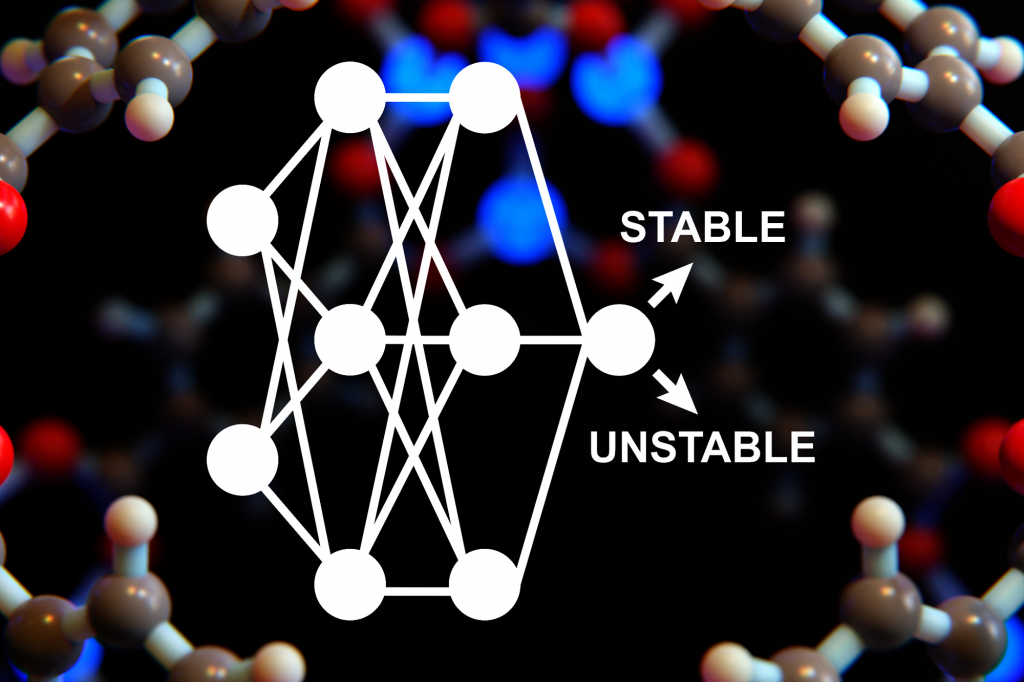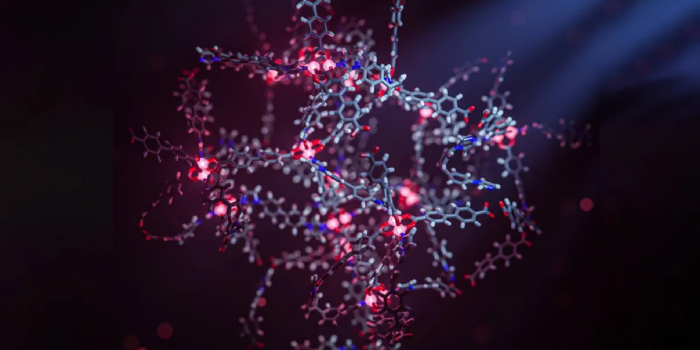Researchers from MIT have utilized a computational model to pinpoint around 10,000 possible metal-organic framework (MOF) structures, which they deem as “ultrastable.” These MOFs may have promising applications, such as converting methane gas to methanol or delivering drugs and imaging agents in the human body.
According to Heather Kulik, the study’s senior author and an MIT associate professor of chemistry and chemical engineering, researchers who create hypothetical MOF materials often don’t know how stable the material is beforehand.

Using data and machine learning models, Kulik and her team identified building blocks expected to have high stability. They then combined those building blocks in diverse ways, resulting in a dataset enriched with materials having higher stability than any previously created hypothetical materials.
MOFs are composed of two secondary building units: metal atoms like zinc or copper and organic molecules called linkers that connect the secondary building units. These parts can be assembled together similarly to LEGO building blocks, and the wide variety of building blocks and possible assemblies results in many different possible MOF structures.

Currently, the most common method of designing MOFs is through trial and error. However, computational approaches provide a better and more efficient way of engineering these materials, particularly if the resulting material’s stability is considered.
Heather Kulik, an associate professor of chemistry and chemical engineering at MIT, explained that it can be difficult to create a MOF material that is both highly stable and has an open structure, which is necessary for applications like catalysis or gas storage.

However, Kulik and her team developed a new computational model based on thousands of MOF research papers to identify 500 highly stable MOFs. They then used 120 secondary building units and 16 linkers to recombine and produce around 50,000 new MOF structures, which included diverse crystal symmetries. The building blocks used in the model were only derived from highly stable MOFs that had been experimentally synthesized.
The findings were published in the journal Nature Communications.


